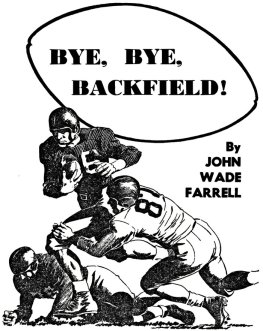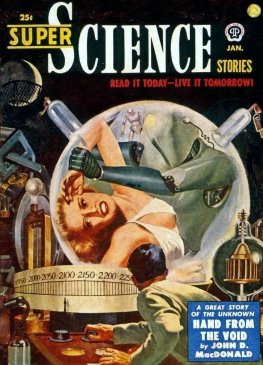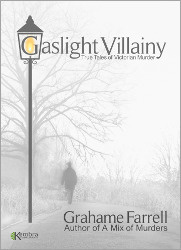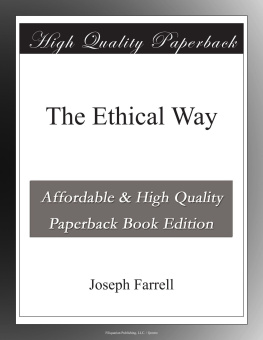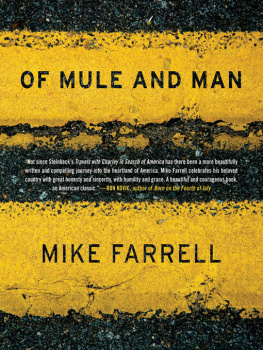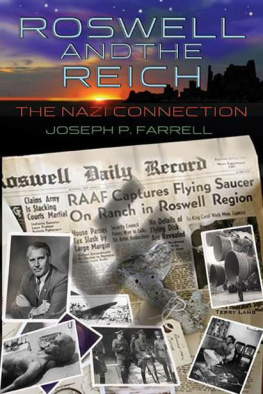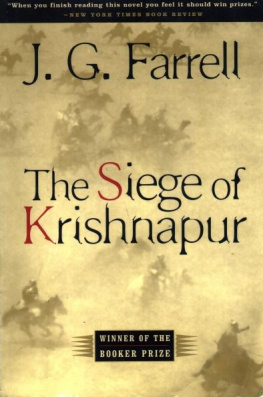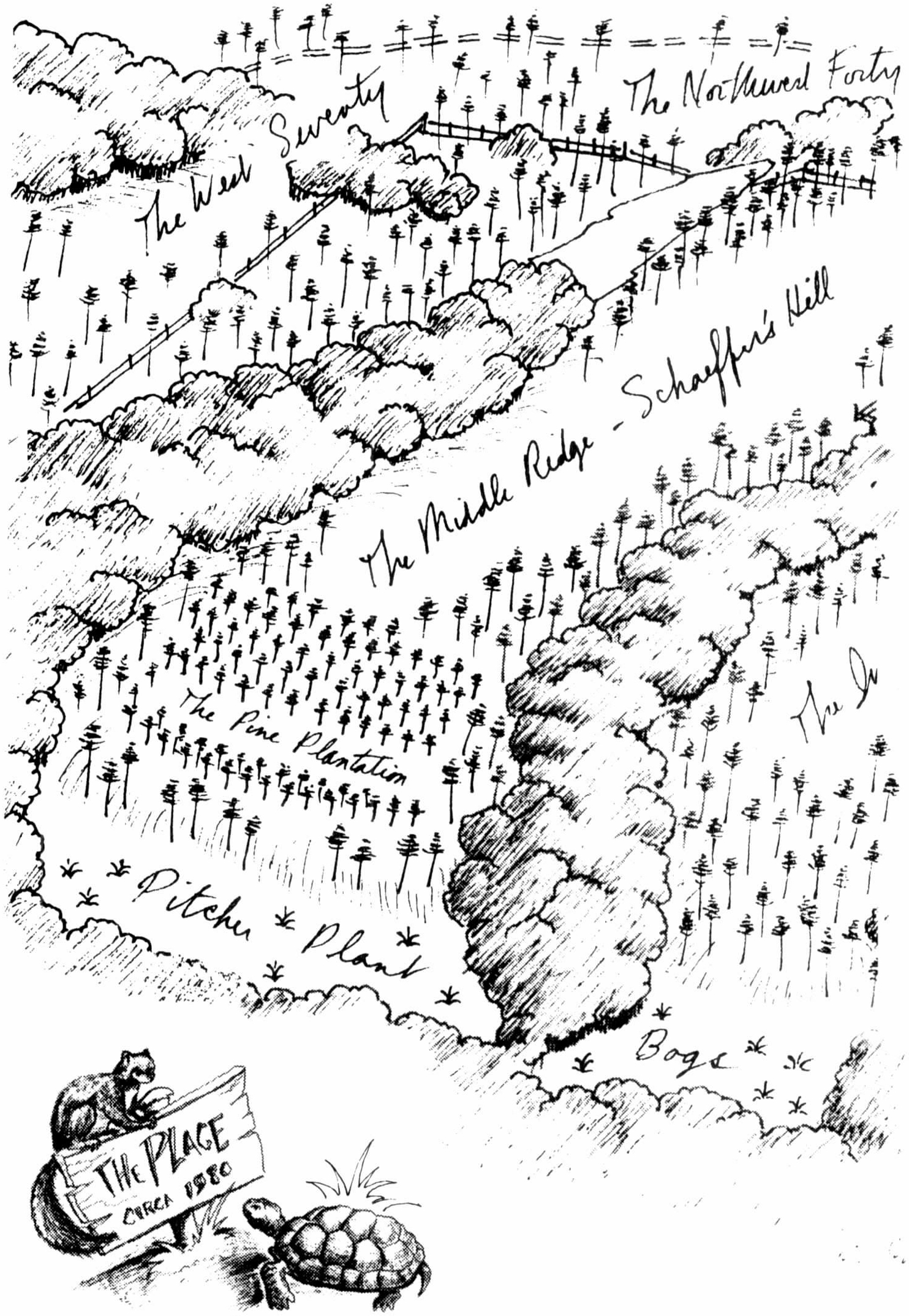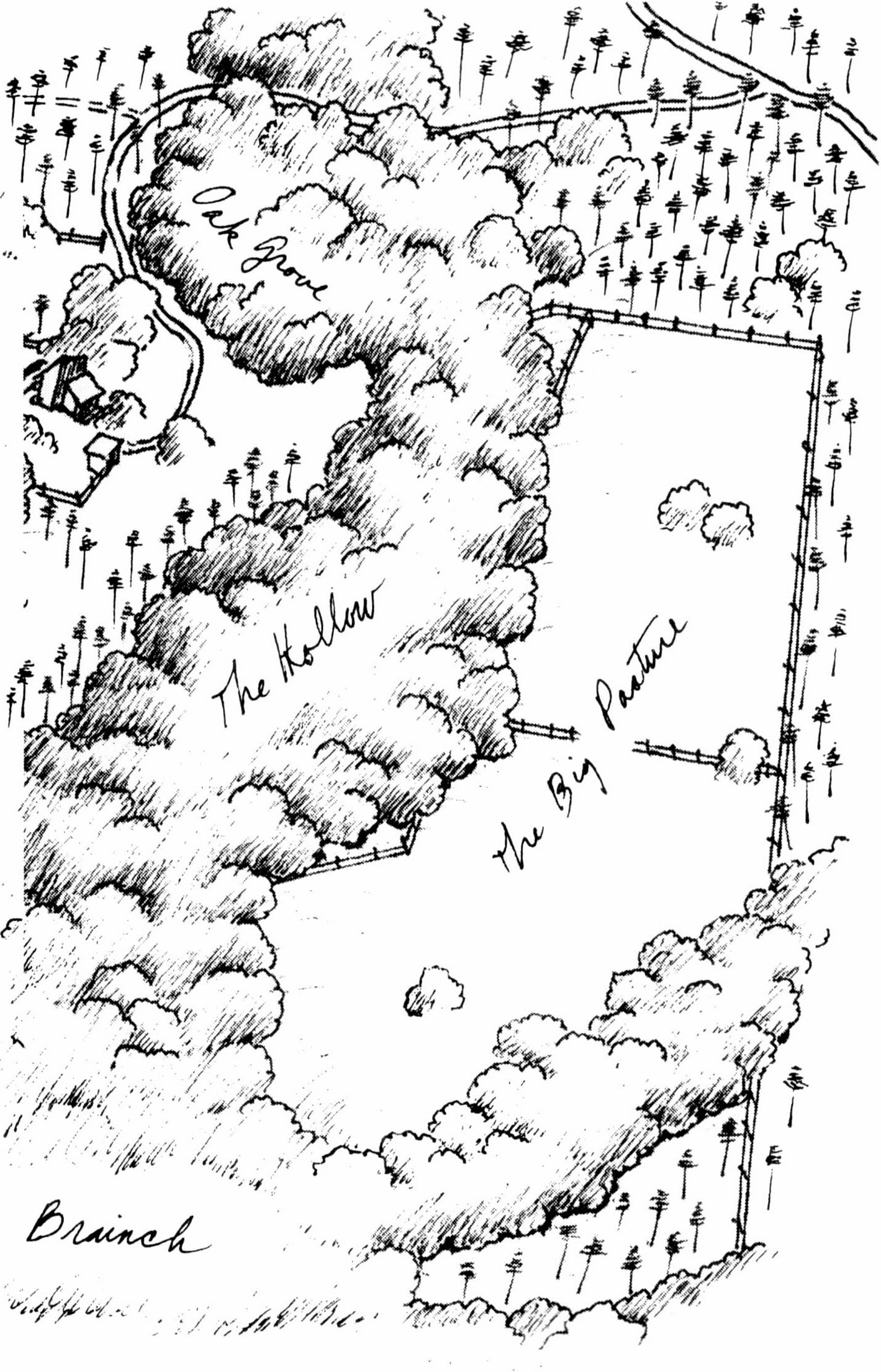Copyright 1996 by Donald G. Schueler
All rights reserved
For information about permission to reproduce selections from this book, write to or to Permissions, Houghton Mifflin Harcourt Publishing Company, 3 Park Avenue, 19th Floor, New York, New York 10016.
hmhco.com
The Library of Congress has cataloged the print edition as follows:
Schueler, Donald G.
A handmade wilderness / Don Schueler.
p. cm.
ISBN 0-395-68997- X ISBN 0-395-86022-9 (pbk.)
1. Natural areasMississippi. 2. Country lifeMississippi. 3. Schueler, Donald G. 4. Brown, Willie Farrell. I. Title.
QH 76.5 M 7 S 28 1996
508.762'2dc20
95-40398 CIP
The map of the Place was drawn by Don Schueler.
ISBN 978-0-395-68997-4 hardcover
ISBN 978-0-395-86022-9
e ISBN 978-0-544-00291-3
v2.0518
To
Elizabeth, Theodora, Marsha, and Lane
Preface
Twenty-seven years ago, when Willie Brown told his mother that he and I had just bought eighty acres in the backwoods of Mississippi, she threw a fit. Oh Lord Jesus! she yelled at us. Dont you know they still burning churches out there! You gonna get yourselves killed for sure!
Willie and I attributed this outburst to a mothers natural tendency to be overprotective and therefore prey to needless worry; but the following evening when we announced the same news at a dinner party, our fellow guests, all old friends, made it clear that they too thought we had gone around the bend. You mean, one of them said, youve bought property in Mississippi? Behind the Coast, in the real Mississippi?
We might as well have told him we were buying a condo in the Mekong Delta. Well, I said defensively, its the only dry land within easy reach of New Orleans that isnt likely to be developed any time soon.
And that didnt cost too much money, Willie chimed in.
Oh, Im sure it was cheap; and no doubt it will be safe from development, the friend said. But have you ever wondered why?
Before Willie or I could formulate an answer to this unkind question, other friends helpfully proposed their own. These touched upon everything from the poor investment prospects of the area to the problem of having rednecks in white sheets for neighbors to the scarcity of cultural activities to the likely abundance of snakes. It remained, however, for our hostess, a woman notorious for her good sense, to put all these misgivings into calm, thoughtful perspective. Youll be outsiders, she said, a black man and a white man in southern Mississippi. And youre city people; you dont know a thing about the area. The real problem is, you havent a clue about what youre getting into.
That was in 1968. A year later, the same friends were coming up to the Place to picnic and even, occasionally, to camp out overnight. By the time several more years had passed, when the Place was beginning to take on the outlines of the lovely and sheltering refuge it has since become, they had forgotten their original objections to the venture. The real nature lovers among them, once they began to see what the Place was all about, would invariably say something like, Boy, I wish I had a place like this. And I would invariably answer, If Willie and I could do it, just about anyone can.
No doubt this response was sometimes construed as a boast masquerading as a pretense of modesty. In a way, I suppose thats what it was. After all, Willie and I were very proud of what we were accomplishing. But I meant what I said. Just about anybody who loves nature and has a certain capacity for vision and enterprise can do what Willie and I have donenamely, restore a small piece of the natural world to something like its original healthy state. The rewards can be very great. For us, commitment became a grand passion, the source of a joyful, ongoing sense of adventure that enriched our lives beyond measure.
But there is no denying that, while adding to our collection of joys and triumphs, we also shed copious quantities of blood, sweat, and tears. More, I see now, than we need have done. Our levelheaded friend had been right. We really hadnt known what we were getting into; and when we could have used some advice, there was none to be had.
So, on the assumption that there are a good many people out there who dream of one day having a place like the Place but who are worried about what they might be getting into, I decided to write this book.
1. Finding it
The dream that Willie and I had was to own land in the country. But not just any land. Not, for example, some cute little cabin in a resort development, and most definitely not the sort of secluded three-acre lot in the wilds of exurbia that is presently gobbling up even more of rural America than suburban sprawl itself. In its specialized way, our dream was more ambitious than that. Before we got together, Willie had never seen anything greener than New Orleanss City Park in his whole life, but the idea of the country entranced him. He wanted to grow things, and he loved all shapes and sizes of animals (except, back then, snakes). It thrilled him that he might have as neighbors creatures he had only seen in the Audubon Zoo or on TV nature shows. Also, he had a taste for living adventurously. As for me, I was an amateur environmental activist who loved the natural world and wanted to protect it and live close to it, at least on a part-time basis. Together, our enthusiasms added up to a great yearning to have our own private nature reserve, a place that would be a haven, not just for us, but for the flora and fauna that would share it with us.
What we needed, obviously, was a pretty sizable chunk of countryside; enough space so we could be in touch with the natural world without moving it out when we moved in. But when we started our search, we didnt know how much space was enough, or where to look for it. Or, most crucial of all, how much we could afford to buy. Willie was a floor sander and I an assistant professor at a state university. Which is to say that we could be classified, at best, among the countrys Taxable Poor. Moreover, like all good Americans, we were in debt. We had just finished fixing up a neglected house in one of New Orleanss many wonderful old neighborhoods, and the bills were still coming in.
It took us a while but we eventually concluded that, this side of a homestead in Alaska, we were not going to be able to afford a large slice of some scenic natural wonderland. In the Deep South, as in most of the more heavily populated regions of the nation, pristine wild land is almost nonexistent, and what little is left ought to be, and sometimes is, protected from any kind of human settlement. But, guided by real estate agents, we did find some large tracts of private land for sale that would have suited us just fine. Places that were within a couple of hours drive of New Orleans, furnished with magnolias and mossy oaks, and usually situated along the banks of some lovely stream or bayou. But you pay extra for rustic scenery. At the going prices, the amount of land we could afford would have been barely enough to accommodate us, a pair of mockingbirds, a few squirrels, and maybe half a raccoon.
It took us a couple of months of that sort of window shopping before we decided to face reality. We could buy some tiny bit of real estate that already looked the way we wanted it to look, or we could (maybe) buy a decent-size piece of land that didnt; but we couldnt have both. From that realization evolved another: that land, like the half-wrecked old house we had restored in the city, could be rehabilitated. There was, however, one big difference: a piece of land, unlike a house, would do most of the restoration work itself if we just gave it enough time.


